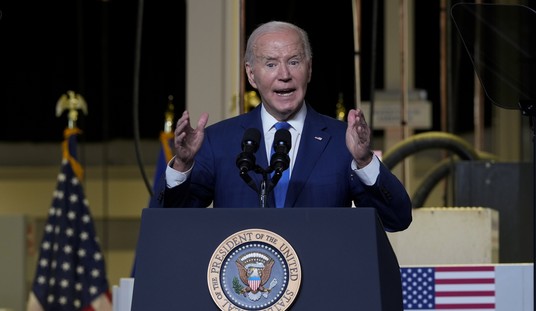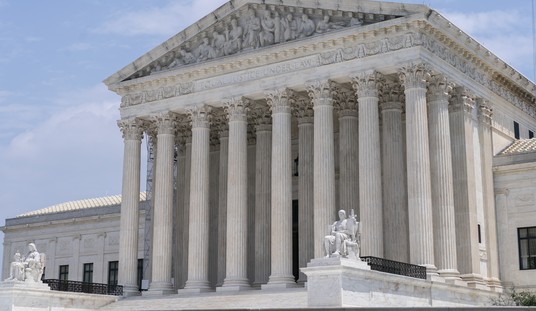Yesterday, OMB came out with their "initial phase" of the earmark disclosure database on their website; there is also a definition of what they consider an earmark to be. The database covers 2005 earmarks - it is very weak and does not show much of anything. By their own description:
This database is not designed, and cannot accurately be used, to identify the individual sponsors of congressional earmarks. However, this site will bring greater transparency to these spending provisions. This greater transparency is consistent with a recent change in the House Rules and Senate legislation which requires more disclosure for future earmarks.
There is no list of specific itemized earmarks, who requested them, where they went, etc. If there was that might actually bring “transparency” to the process. The biggest problem with the earmark process is the secrecy associated with who requested which project…and the corruption has occurred because of this secrecy. Unfortunately, in its current form this new database won’t shed light on anything or do much to change the earmark process.
Basically, it just lists every Department and agency of government, and how many total earmarks in both number and amount they were appropriated.
Recommended
Example - for 2005, the Dept of Energy received 302 earmarks totaling nearly $473 million. You click on the DOE section and it breaks it down into 4 bureaus under DOE, one of which is "Energy Programs" which received 242 earmarks totaling over $347 million. You click on Energy Programs and it breaks it down into 5 accounts or programs, one of which is "Energy Supply and Conservation" which received 114 earmarks totaling a little over $219 million. That is the end of the database.

























Join the conversation as a VIP Member